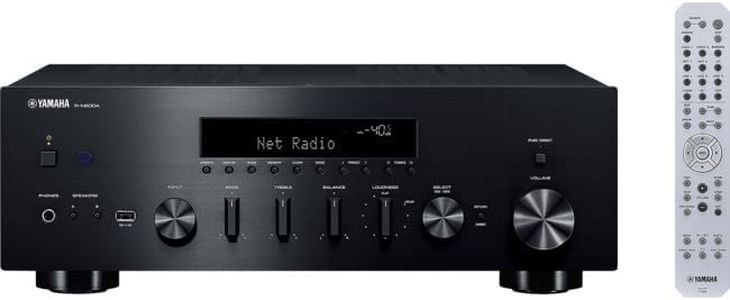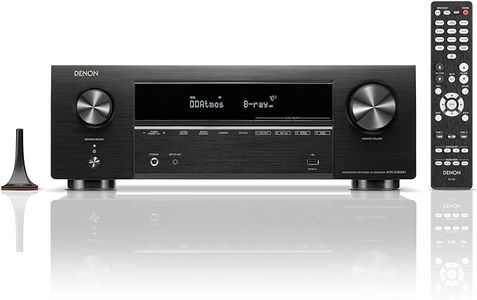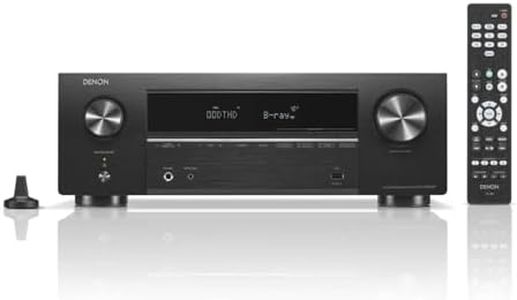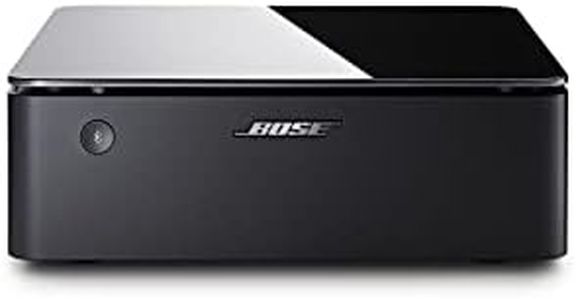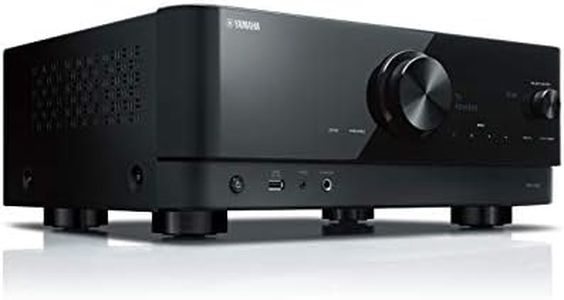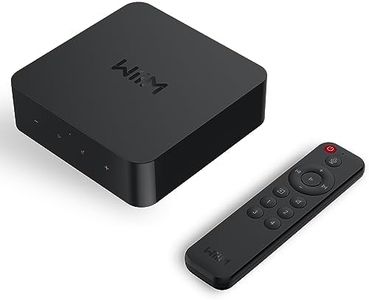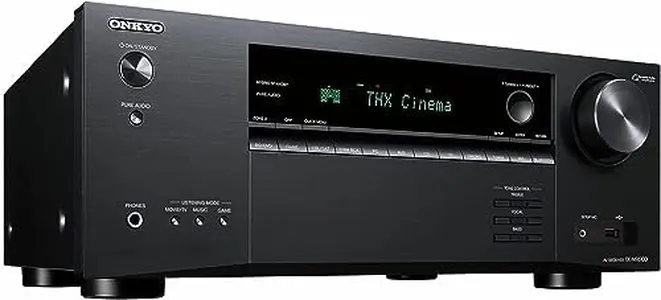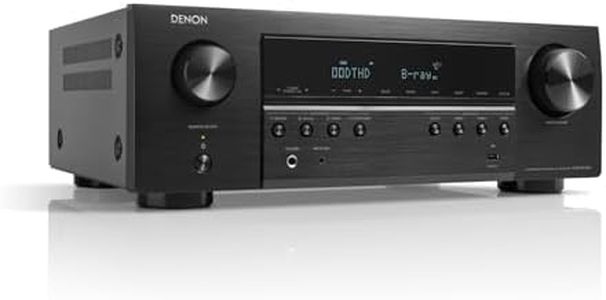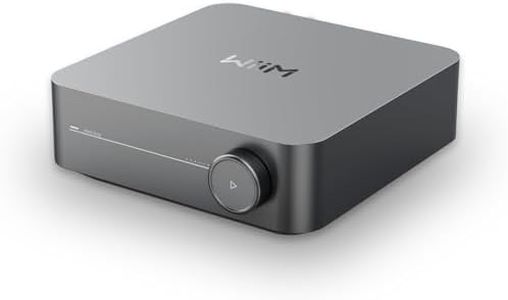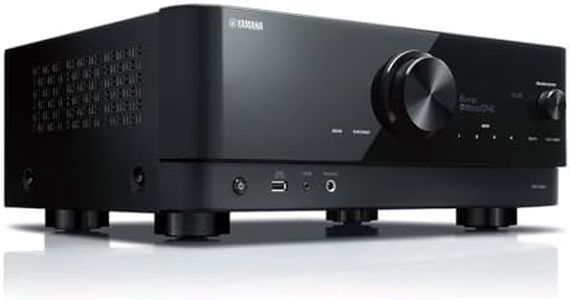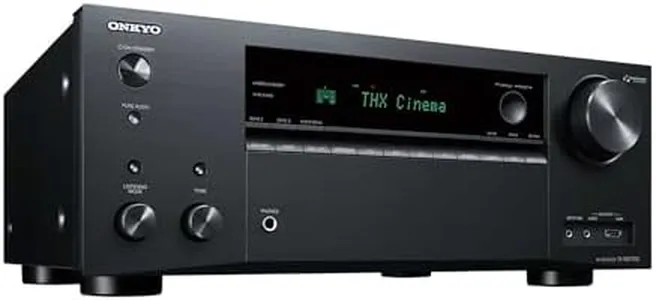We Use CookiesWe use cookies to enhance the security, performance,
functionality and for analytical and promotional activities. By continuing to browse this site you
are agreeing to our privacy policy
10 Best Multi Room Receivers
From leading brands and best sellers available on the web.Buying Guide for the Best Multi Room Receivers
Multi-room receivers are devices that let you send audio signals to multiple rooms in your house from a single source, like a stereo or streaming device. Choosing the right one ensures that you can enjoy great sound wherever you want, with the features that fit your lifestyle and home setup. When buying, focus on the features that match how many rooms you need to cover, what sources you want to use, and how you’d like to control your music. Instead of just picking the most powerful model, think about how you listen to music, what devices you want to connect, and who will use the system.Number of ZonesThe number of zones refers to how many separate rooms or areas the receiver can deliver audio to at once. This is crucial because it determines how many rooms in your home can have independent sound at the same time. Some receivers only handle two or three zones, while higher-end ones might support five or more. If you want music in just a couple of areas, a basic model is fine, but a bigger home or more complex needs will require a receiver with more zones.
Power Output per ZonePower output tells you how much sound energy each zone will get, usually measured in watts. Higher wattage means louder and clearer sound, but it also depends on your speakers and room size. Small rooms and casual listening work well with lower output, while larger spaces or outdoor areas may need more power for the sound to fill the room and stay crisp.
Source Inputs and SwitchingSource inputs describe how many music or audio players you can connect, such as your phone, TV, or streaming box. Switching means the receiver’s ability to let different rooms play different sources at once. If you want to listen to your playlist in the kitchen while someone else watches TV in the living room, look for flexible source switching. Simpler receivers might only let all rooms play the same source, so think about how people in your home use audio.
Wired vs. Wireless ConnectivitySome receivers use wired connections (running speaker cables through your walls), while others can send music wirelessly to speakers. Wired connections are reliable and deliver solid quality but might be tricky to set up. Wireless options are easier to install and often control with an app, but they may need a good Wi-Fi network. If you’re renovating or starting from scratch, wiring is a strong option, but for adding to a finished home, wireless is convenient.
Control OptionsControl options determine how you adjust settings and choose music, such as with a remote, app, voice commands, or on-device buttons. If everyone in your house uses different tech, look for systems with easy-to-use apps or voice control. For less tech-savvy households, simple remotes or physical controls are best.
Integration with Smart Home SystemsSome receivers work with smart home systems like Alexa, Google Assistant, or Apple HomeKit, so you can control music with your voice or routines. If your home already uses a smart system, finding a compatible receiver will make things smoother and more automated.
ExpandabilityExpandability refers to how easily you can add more zones or devices in the future. If you plan to grow your set-up over time, choose a receiver that supports adding more rooms, speakers, or sources without needing a full upgrade.
